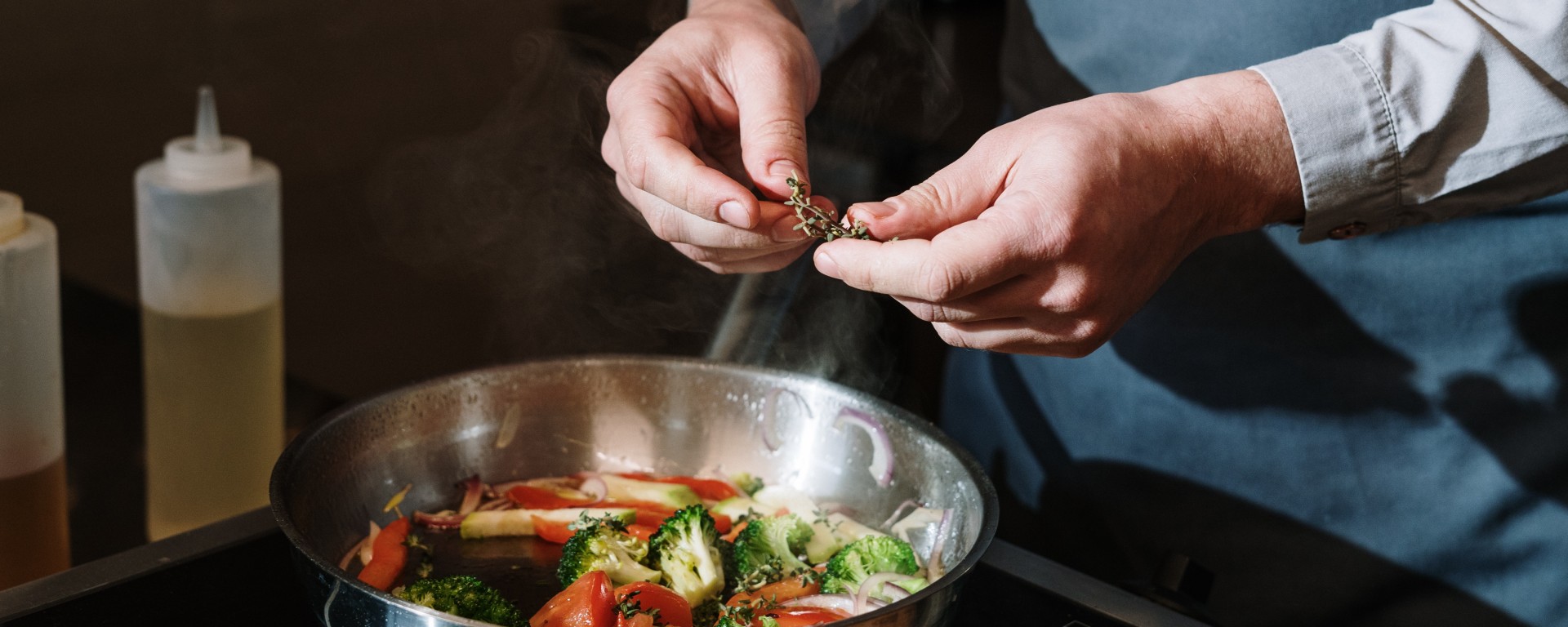Growing up as a half-Italian, I’ve enjoyed the delicious and ridiculously simple dishes from la cucina povera throughout my life. 🍝
Of course, it’s not a phrase my father ever used – to him it was just ‘food’. Dishes he ate and learned to cook growing up in a southern Italy commune near Lecce.
Today, the philosophy of la cucina povera is becoming more widely known around the world.
In this article, I am going to explore the world of Italy’s ‘peasant food’, which produces some of the simplest, tastiest and healthiest dishes on the planet. 🌍
Andiamo…
- What is la cucina povera?
- What are some foods used in la cucina povera?
- What are some famous dishes in cucina povera?
- Tales from a half-Italian upbringing…
- Why is la cucina povera so healthy?
- The final word on la cucina povera
What is la cucina povera?
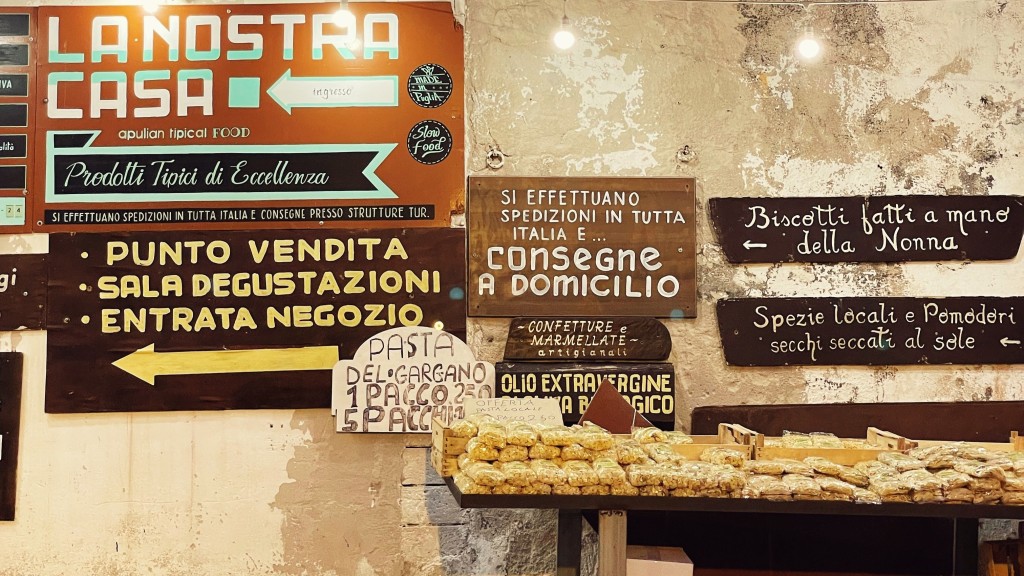
Cucina povera – which translates to ‘poor cuisine’ – is a rustic culinary tradition that has developed from frugality.
The heritage originates in southern Italy. This was – and, in many cases, still is – an area with limited arable land, economic challenges and an agricultural lifestyle, which forced a need for resourcefulness.
La cucina povera has a place in northern Italy too, but it’s most associated with the poorer south.
In other words, these regions were historically poor and the southern Italians made use of every ingredient available to them to produce simple, delicious and nourishing dishes enjoyed by the whole family.
They would either grow, forage or buy their ingredients from the local market. This means that anything on the table would tend to be local and fresh.
Today, many of these historic dishes remain staples on menus in homes and restaurants across the country.
What are some foods used in la cucina povera?
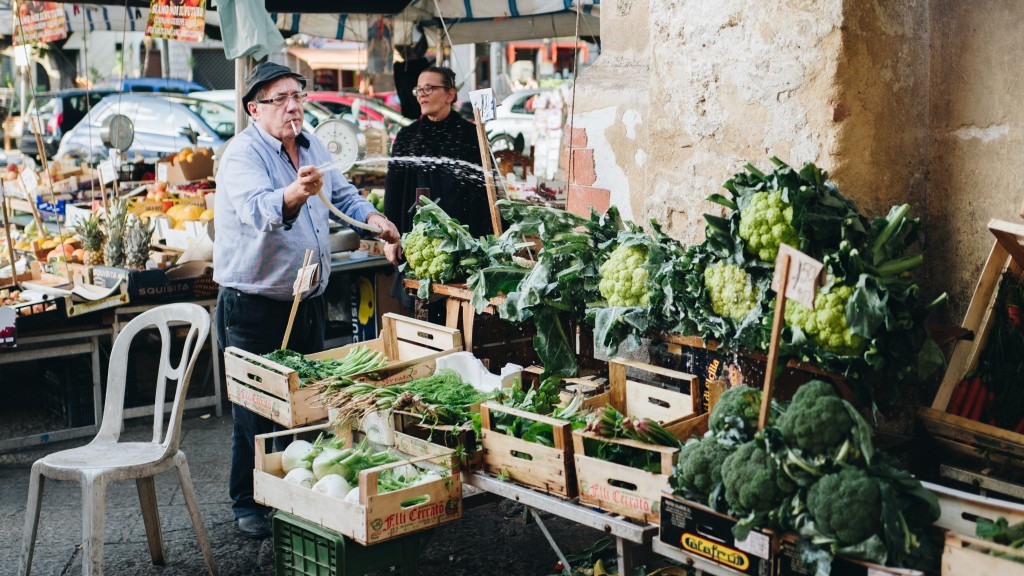
Fruits, vegetables, rice, beans, pulses and grains are all cheap and abundant in the southern Italian regions of Sicily, Calabria, Campania, Puglia and Basilicata. 🫘
Animal products such as meat and dairy play a part in la cucina povera, but less so due to the costs involved. When animal products are used, nothing is wasted.
For example, some dishes use offal such as tripe (cow’s stomach, known as trippa) or Palermo’s stigghiola, where animal intestines are wrapped around onions or leeks.
A famous Italian peasant saying is, ‘del porco non si butta via niente‘, which roughly translates to ‘no part of the pig is thrown away’ and that sums up the philosophy pretty well!
Pasta is also a staple of cucina povera. However, forget about fancy egg pasta – southern Italians made fresh pasta using just flour and water. 🍝
Finally, bread is also another item in the cucina povera pantry. Not just fresh bread, but stale bread, which is the star of many recipes, such as panzanella, ribollita, and pappa al pomodoro. 🥖
These foods are cooked together with complementary ingredients such as olive oil (abundant in south Italy), herbs, garlic and chili for flavour. 🫒
What are some famous dishes in cucina povera?
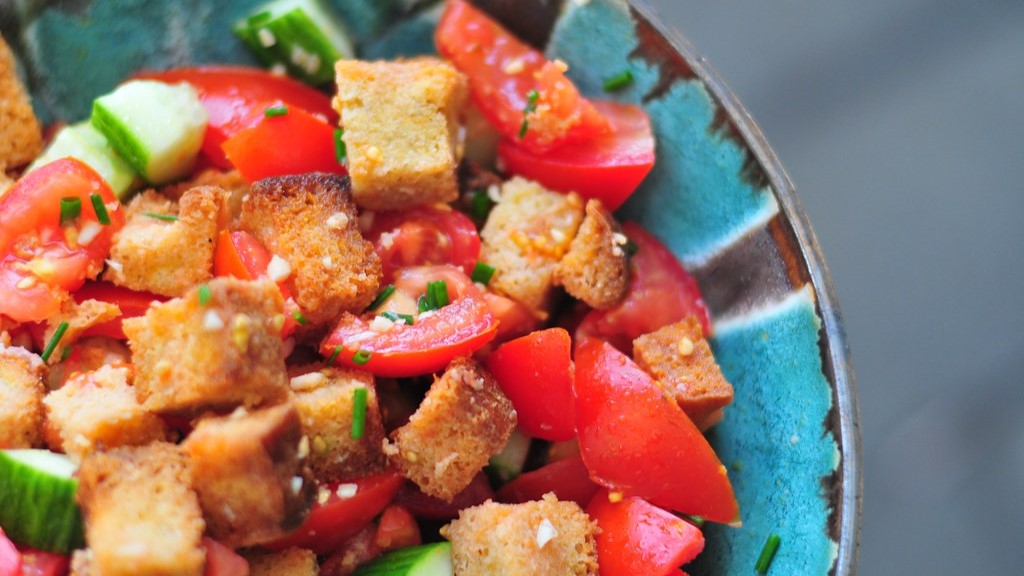
There are hundreds of typical dishes of la cucina povera, with each region having its own specialties.
For example, every region will have its own take on pasta e fagioli – a simple pasta and bean soup.
Here are some others:
- Spaghetti aglio e olio (spaghetti with garlic and oil)
- Bruschetta (bread with tomatoes)
- Panzanella (bread salad)
- Pasta puttanesca (pasta with olives, capers and tomatoes)
- Pasta ca’ muddica (pasta with breadcrumbs)
- Ribollita (bread soup)
Tales from a half-Italian upbringing…
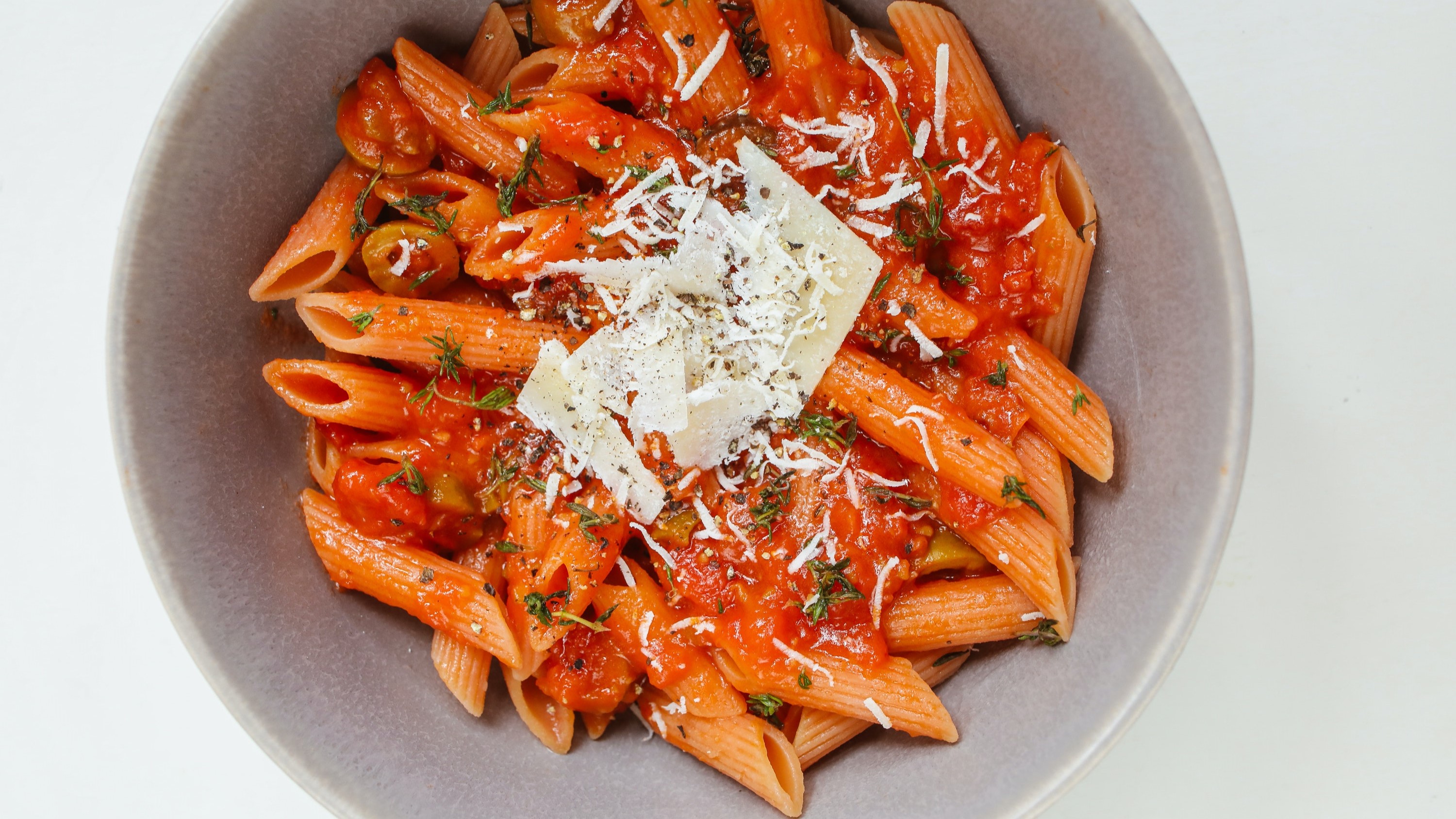
My father is from Puglia in the south of Italy, although he moved here when he was in his 20s. He has lived in the UK for more than 45 years.
While his diet has certainly changed over the decades, he still cooks using the cucina povera philosophy, making simple and nutritious dishes that taste great.
I remember he would also forage things from local nature spots. Things like arugla (rocket), dandelion greens, and even snails – which is disgusting, but each to their own…
I obviously ate plenty of cucina povera dishes growing up and still enjoy them to this day.
For example, I love sautéed chicory, pasta i fagioli, and pasta puttanesca. I also enjoy friselle. This is the least complicated dish you will come across, which is very hard bread with cherry tomatoes and extra-virgin olive oil. Bellissimo!
I also cook my simple minestrone (vegetable soup) every few weeks, which I believe is derived from cucina povera.
Recently I learned about another cucina povera trick called pangrattato. Being able to sprinkle parmesan cheese over dishes wasn’t always feasible in poorer times, so the southern Italians used their initiative and instead sprinkled fried breadcrumbs (panagratto) to offer a crunch.
Today, I always have a bag of panagratto in my cupboard!
Why is la cucina povera so healthy?
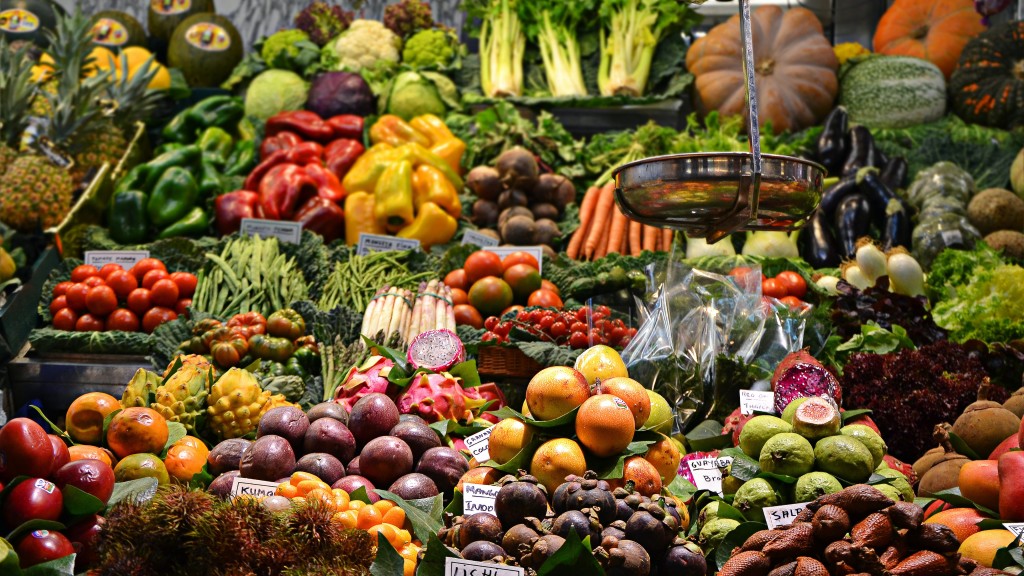
Cucina povera is often considered healthy for several reasons and it’s undoubtedly a contributing factor to Italy being the world’s healthiest country. Let’s explore.
#1 – Emphasis on wholefoods
Firstly, have you noticed a pattern?
It’s that none of the meals mentioned contain highly processed ingredients.
These dishes of this traditional Italian cooking style are all exceptionally wholefoods based. They have an emphasis on fresh vegetables, beans and minimally processed pastas/breads.
This is a benefit for two reasons:
- You enjoy all the vitamins, minerals, phytonutrients, and fibre of the wholefoods
- You avoid the preservatives, additives, bad fats, sugars and salt found in highly processed foods
#2 – Great balance
La cucina povera also promotes dishes with balanced nutrition.
Sure, some are a little carb heavy, but most will be well balanced between carbohydrates (from pasta, bread, and grains), proteins (from legumes and occasionally lean meats), healthy fats (from olive oil), and micronutrients and fibre (from vegetables).
These dishes are also low in saturated fat. Of course, a little saturated fat is required for a healthy body – but not the amounts you may find on a typical western diet. Especially those based around meat, eggs and dairy.
La cucina povera is very low in saturated fat and higher in the heart-healthy fats in olive oil, which can help reduce the risk of heart disease.
#3 – Low in animal products
On that note, a bonus is that cucina povera features minimal meat. Yes, some recipes do include small amounts of lean meats. But la cucina povera is generally plant-based or features meat as a complement rather than the main focus.
The negatives of eating meat outweigh the positives, while plant-based eating is also a better choice ethically and environmentally.
Interestingly, when researching the famous Blue Zones of the world, where people live the long and healthy lives), I noticed the emphasis that all five Blue Zones put on plant-based diets. Of course, Sardinia in south Italy was one of these healthful areas.
Ultimately, la cucina povera encourages a diet that is rich in whole, unprocessed foods, and low in the nasties. This can all contribute to better health outcomes when enjoyed as part of a balanced diet and a healthy lifestyle.
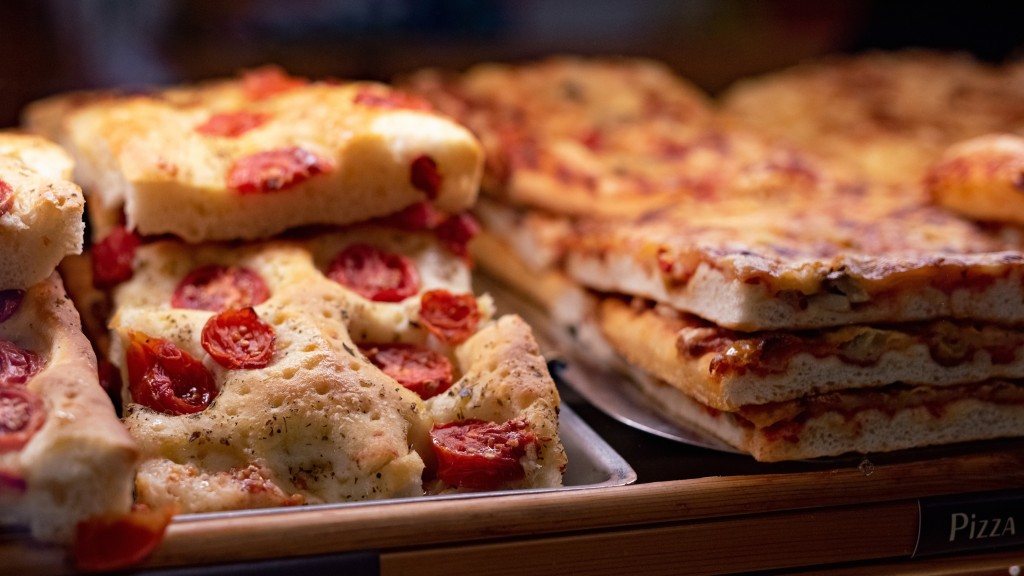
The final word on la cucina povera
You don’t have to be Italian – or even half-Italian – to enjoy the flavours, simplicity and nutritional benefits of la cucina povera.
All of the recipes I have mentioned in this article are super easy to make and rely on very minimal ingredients.
This means it’s a cheap and accessible way to cook. No wonder the Italians have been doing it for centuries!
Buon appetito!
If you enjoyed this article, please share it with friends and consider subscribing to the occasional Planet Health newsletter! 🙂

